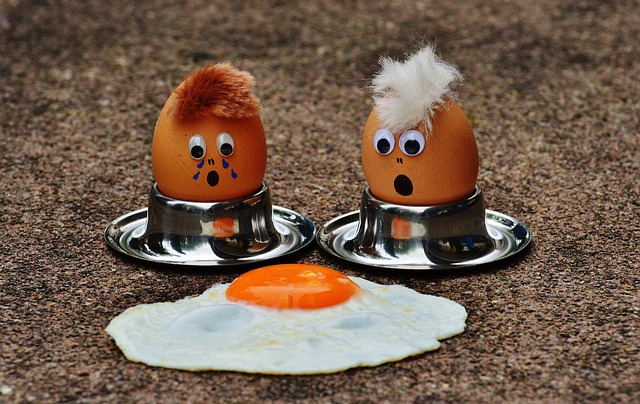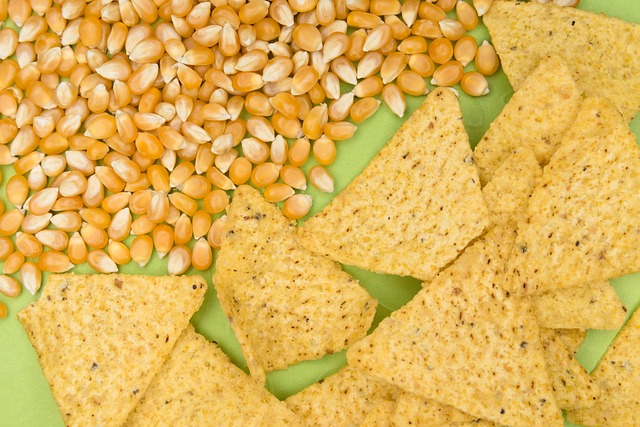Restaurant-style tortilla chips blend traditional Mexican craft with culinary innovation. Using premium ingredients like corn tortillas and vegetable oils, skilled artisans shape dough into thin circles, fry them to a golden brown, and season with salt. Modern techniques, from creative seasonings to advanced equipment, create diverse flavors and textures. Authentic methods, like donkey-ground corn masa, ensure each chip offers a crispy exterior and sweet interior, mirroring the quality of chips found in top Mexican restaurants.
“Unleash a burst of authentic Mexican flavor with a close look at the art and science behind restaurant-style tortilla chips. From traditional crafting methods to modern innovations, this article explores how establishments like Donkey elevate chip-making. We dive into the secret recipes and unique tools that set them apart, promising superior crunch and taste.
Additionally, we uncover the perfect pairings between these crispy treats and Mexican cuisine, revealing why tortilla chips are more than just a side—they’re a cultural symbol, enhancing every dining experience.”
- The Art of Crafting Restaurant-Style Tortilla Chips
- – Exploring the traditional methods and modern twists in chip production.
- – Discussing the role of quality ingredients and their impact on flavor.
The Art of Crafting Restaurant-Style Tortilla Chips

The art of crafting restaurant-style tortilla chips is a delicate balance between tradition and innovation, where each chip aims to capture the essence of authentic Mexican cuisine. It begins with carefully selected ingredients—flour, water, salt, and sometimes a touch of lard or vegetable oil—that are meticulously combined to form the perfect dough. This dough is then shaped into thin, circular pieces, hand-rolled or pressed into uniform thickness, a skill honed by many over generations.
After shaping, the chips are fried in hot oil until they achieve that golden-brown hue and crispy texture synonymous with restaurant-style tortilla chips. The key lies in controlling the heat and frying time to prevent burning while ensuring each chip is evenly cooked. Once done, these donkey-eared delights are seasoned with a sprinkle of salt, capturing the essence of Mexican restaurants worldwide.
– Exploring the traditional methods and modern twists in chip production.

In the world of Mexican cuisine, restaurant-style tortilla chips have become a beloved staple, offering a crispy texture and rich flavor that transport diners to vibrant, bustling restaurants. Tradition meets innovation in the art of chip production, where time-honored methods and modern twists coexist harmoniously. The donkey, once used to grind corn into masa, now takes on a symbolic role, representing the blend of ancient practices and contemporary culinary trends.
Modern chefs are exploring creative ways to elevate the humble tortilla chip, experimenting with different types of corn, unique seasoning blends, and innovative production techniques. While traditional methods involve hand-rolling and frying, some restaurants are adopting more advanced equipment for consistent quality and larger batches. This evolution in chip production allows for a diverse range of flavors and textures, ensuring that every bite is an unforgettable experience.
– Discussing the role of quality ingredients and their impact on flavor.

The secret to achieving restaurant-style tortilla chips lies in the meticulous selection and use of quality ingredients. In Mexican restaurants, authentic flavors often hinge on simple yet powerful components like fresh corn tortillas and virgin olive oil or high-quality vegetable oils for frying. These foundational elements contribute significantly to the overall taste experience, ensuring each chip is a delightful blend of crunchy texture and rich, savory notes.
When it comes to making tortilla chips that rival those found in top eateries, paying attention to details matters. For instance, using a donkey (a traditional stone used for grinding corn) to prepare the masa (corn dough) can make a profound difference in the final product’s taste and texture. This ancient method retains more of the corn’s natural flavors and nutrients, resulting in chips that are not only crispy on the outside but also subtly sweet and comforting on the inside.
In the quest for authentic restaurant-style tortilla chips, the art of craftsmanship stands tall. By combining traditional methods with modern twists, chefs are able to create chips that not only satisfy but also delight palates. Quality ingredients, from the finest flour to the choicest oils, play a pivotal role in enhancing flavors and ensuring each chip is a delectable Donkey. As we’ve explored, understanding these nuances can transform a simple side dish into a culinary experience worth savoring.
